Features: O-42 operation, one powered unit and three unpowered cars, interior decoration and illumination, powered unit has two can-style motors, ProtoSound 3.0 sound and control system, coil couplers on powered unit.
The Pennsy’s electrified lines included the Cumberland Valley Branch (de-electrified in 1928), the West Jersey & Seashore RR (de-electrified in 1948); and the New York Terminal and the New York-Washington routes that are still electrified for passenger service.
The railroad used a cavalcade of electric locomotives for service on the lines from the familiar GG1 to the odd-looking B1 “rats” for freight and passenger service. The electrified routes carried a significant amount of commuter traffic, and the railroad opted for a creative way to power the trains without requiring a regular locomotive.
The MP54 class was created – “M,” standing for motor and “P” standing for passenger. The cars were all steel, with a 54-foot passenger compartment and 64-foot overall length. There were also passenger-baggage and passenger-mail variations. They were originally designed to allow them to be rebuilt into self-propelled electric multiple-unit (MU) trains. The first self-propelled cars were put in service on the Pennsy subsidiary Long Island RR in 1908 and gradually expanded their footprint over the New York-Harrisburg-Washington lines.
There were 923 units built for the Long Island, 481 for the Pennsylvania, and 18 for the Pennsylvania-Reading Seashore Lines. The cars remained in service with Penn Central and later Conrail, and the last cars were retired in the early 1980s after finishing their careers with the Southeastern Pennsylvania Transit Authority (SEPTA).
A small number of de-motored MP54 cars still exist and are used on heritage railways. A few more survive in museums in varying states of repair.
In case, like me, you recall seeing owl-eyed coaches in photos of non-electrified trains, the conventional (unpowered) P54 cars ran in locomotive-hauled service into the 1950s. The last P54 I saw was in the early 1970s, sitting derelict and vandalized on a siding near Gambier, Ohio. This was a sad fate for a passenger car with a bit of personality.
Opening the box
Now let’s consider the O gauge models of these classics released by MTH Electric Trains for its RailKing line. When I pulled the first car out of the container, I smiled and thought “Interurban on steroids!” This wasn’t a frilly trolley car – it was a regular passenger car that happened to be self-propelled. No namby-pamby trolley pole, either. Genuine Pennsylvania RR-approved pantographs – just like the GG1s used!
The size of the cars also stood out. Though these are in the RailKing line, they aren’t tiny. They have an overall length of 16¼ inches coupler-to-coupler, and they need O-42 or wider curves to operate.
The face of the MP54 has as much personality as any character from “Thomas the Tank Engine & Friends” – and none of it was artificially manufactured for the effect. The large round portholes are eye-like, the headlight housing above approximates a hat, and the three safety chains crossing the door appear to be “smiling.”
You’ll also find add-in grab irons at the bottom and right sides of the face, bracketing the doorway, and just below each porthole. Better yet, the face shows considerable rivet and seam detail.
The sides share the same attention to riveting detail. You’ll find clean, cast-in side vents in the middle of the car as well as latch and handle detailing on the passenger entry door.
The roof of each car mounts a single manually operated pantograph. The roof also has what appears to be a simulated electrical conduit for distributing power to the car’s interior lights.
The combine car has a baggage door that slides open. I’m sure you can have fun gluing some parcels or a stack of O scale newspapers to the floor for an interesting sight at a station stop. You can even go crazy and track down some O scale Railway Post Office decals and slap them on the side to create a small post-office section.
From my point of view, the only surprise was that while inside the cars there are interior seats and lights, there are no passengers (or even a motorman’s head) in the cab.
The underside of the car has basic detail points: battery boxes and air reservoirs. The trucks and couplers are die-cast metal. The non-motorized cars have two power pickup rollers, one on each truck (9½ inches between trucks). The motorized unit has four power pickup rollers, two on each truck (about 9 inches between roller sets).
Painting and decoration were fine. I didn’t see any overspray or spots where too much paint had been applied. The gold Pennsylvania lettering and car numbers were well done.
On the test track
The initial forward direction is the end of the powered car that lacks a pantograph.
The car loaded into our DCS controller almost instantly, and response to sound and operational commands was rapid.
The background sounds consisted of a typical electric locomotive power transformer hum that changed a bit with shifts in speed. I found both the horn and bell sounds annoying, which I suppose is what was exactly in mind since you might need to get the attention of distracted commuters on the platform!
Our low-speed average in command mode was 4.9 scale miles per hour, and the conventional-mode low speed was 5.3 scale miles per hour.
Drawbar pull for the powered unit was 15.5 ounces. The inward wheelsets of each truck have traction tires that help with handling loads. And yes, even though I knew this was a passenger train, I still coupled freight cars behind and found it hauled them with ease.
There was a noticeable rhythmic clicking sound that greasing the gears didn’t eliminate; I presume it was an internal motor issue on our sample. I don’t believe it hindered performance, but I did ratchet up the sound volume to help mask it.
Though my first love is the New York Central, I have a soft spot in my heart for the Pennsylvania RR and look at their electric operations with a degree of fascination. The MTH RailKing MP54 set does a good job saluting the multiple-unit era and helping our 1:48 scale commuters get to the office on time.





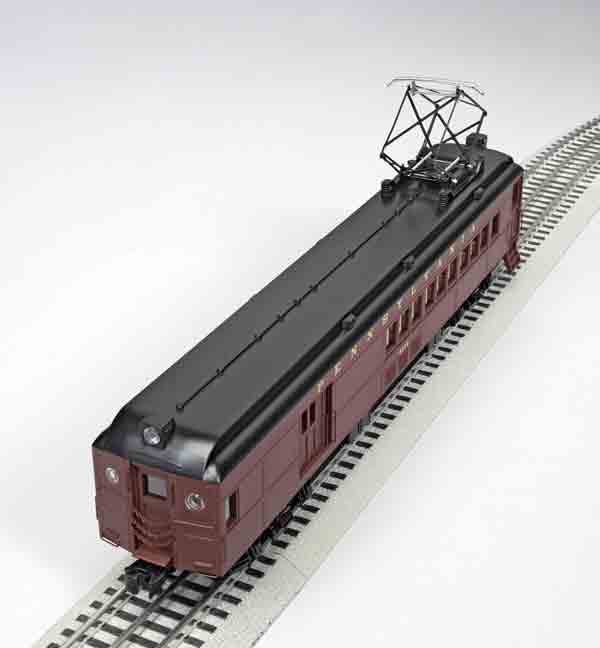

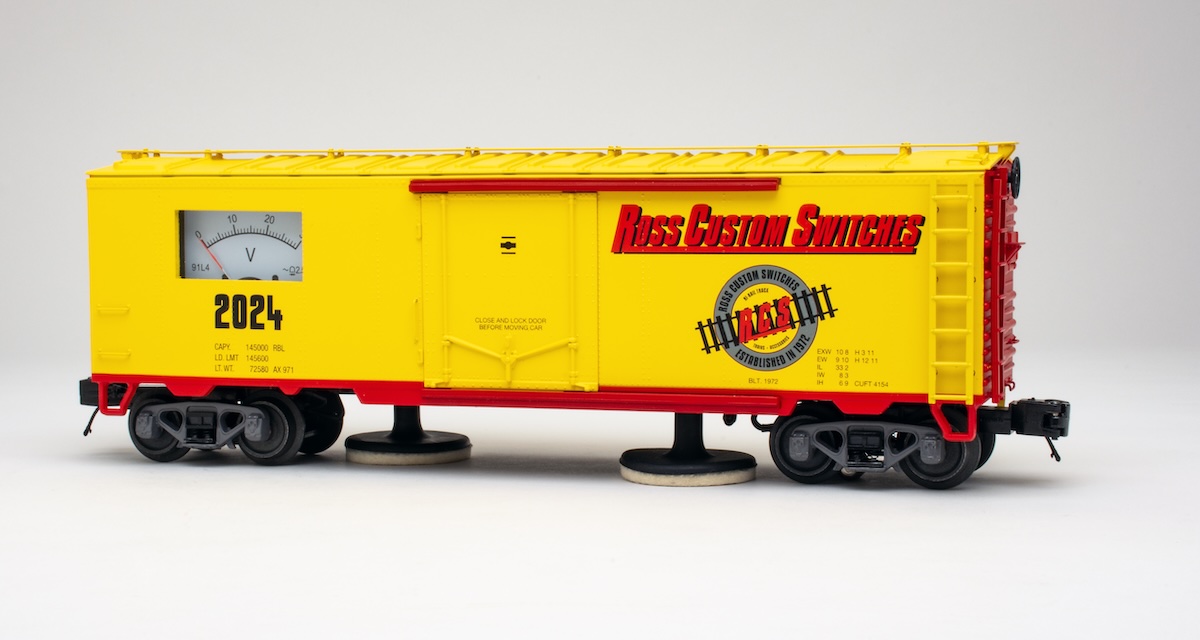
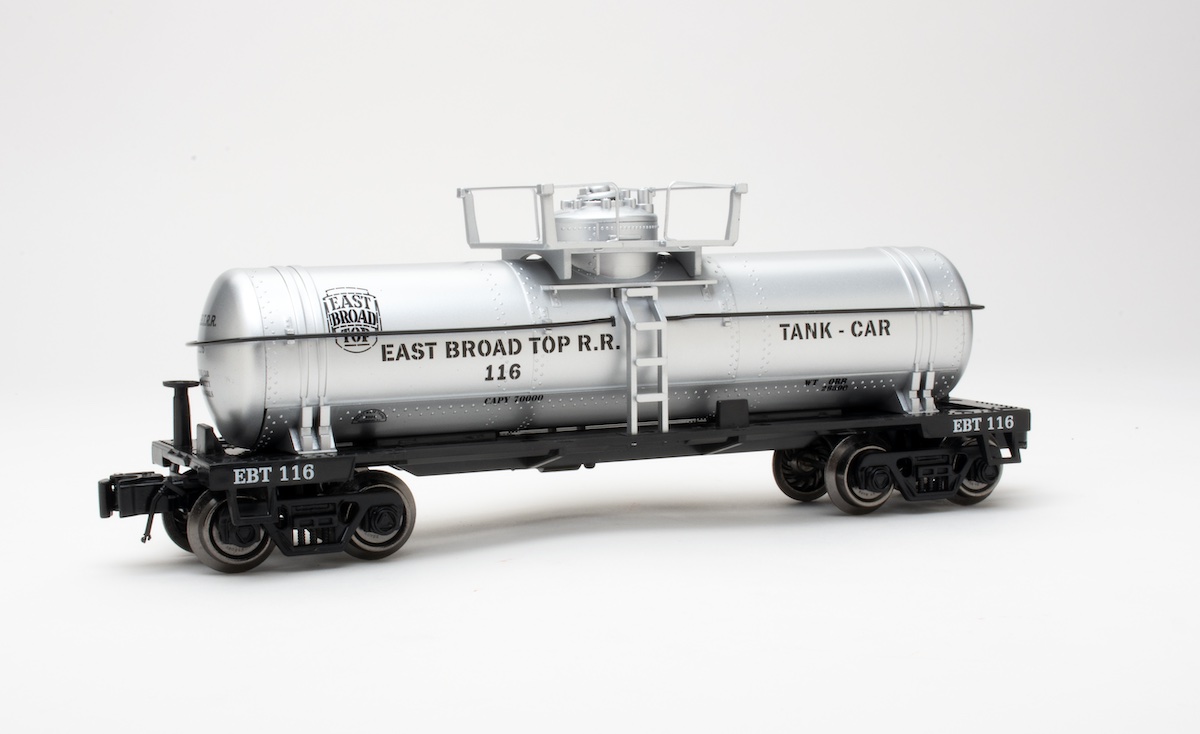
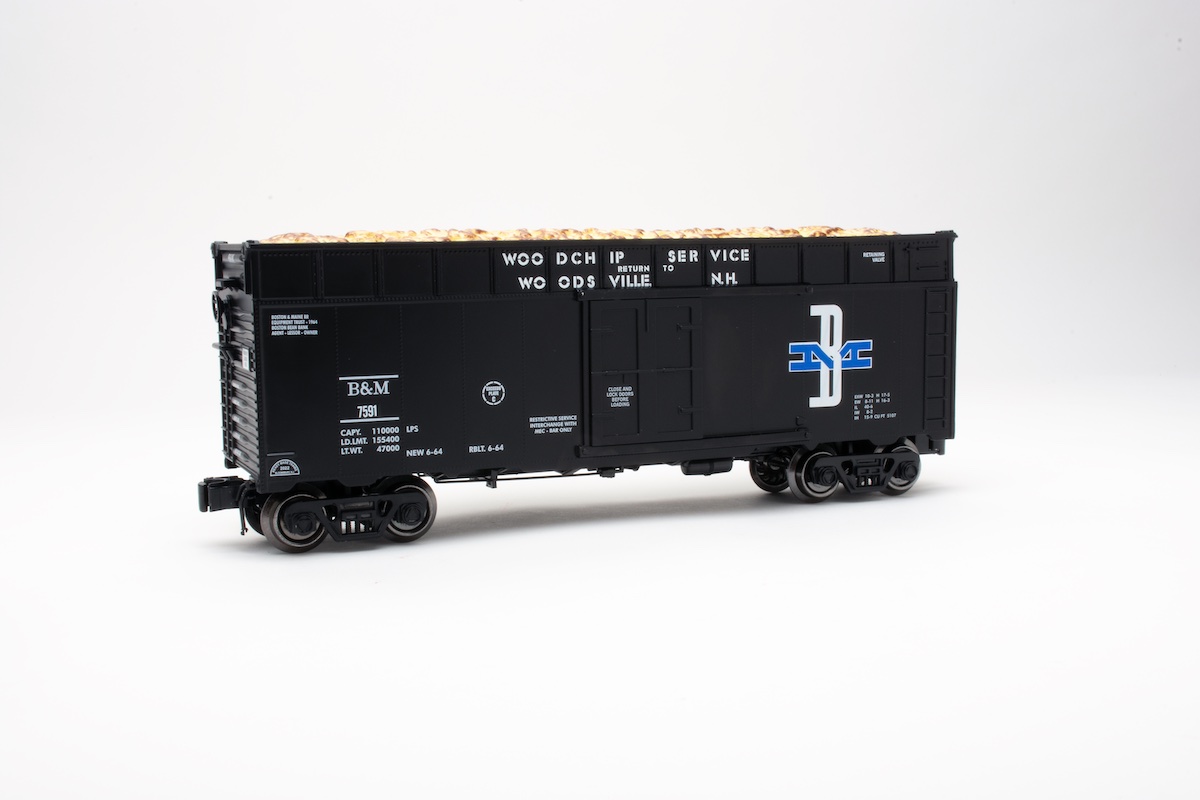
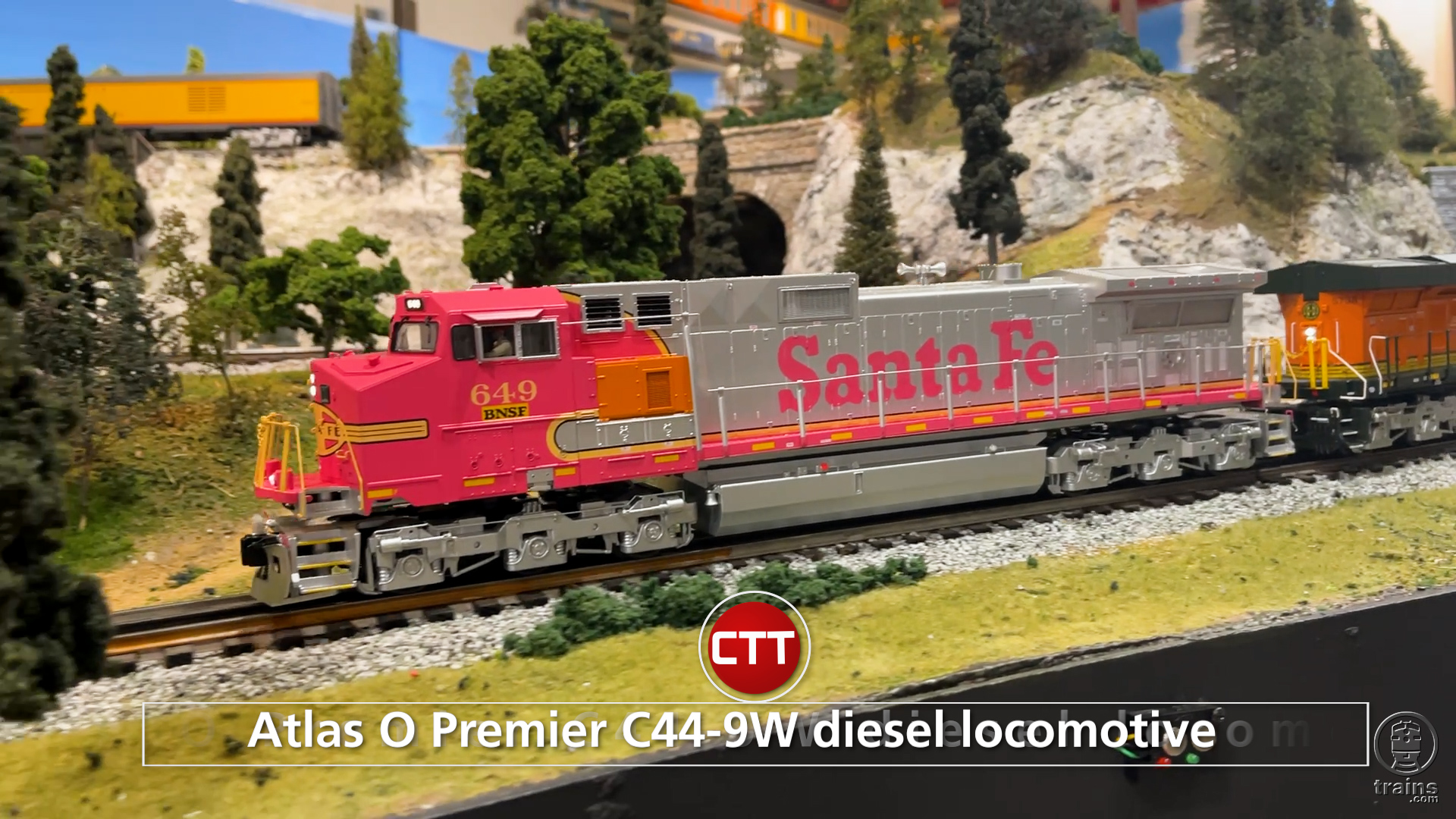




MTH's RailKing line just might have a winner. Reminds one of the Lionel and K-Line pieces of years past. Not too crazy over the PS3. Maybe it's a wait and see……At least until the bugs are worked out of the PS3.